Popular News
YOU MIGHT BE INTERESTED IN
Hyundai Grand i10 Nios Review
by Mohit Bhardwaj |
24/09/2019
Hyundai has now launched the Grand i10 Nios as its fourth hatchback offering across its product lineup. Below is an exhaustive review of the Nios to let you know about how it looks, the way it drives and should you buy one.





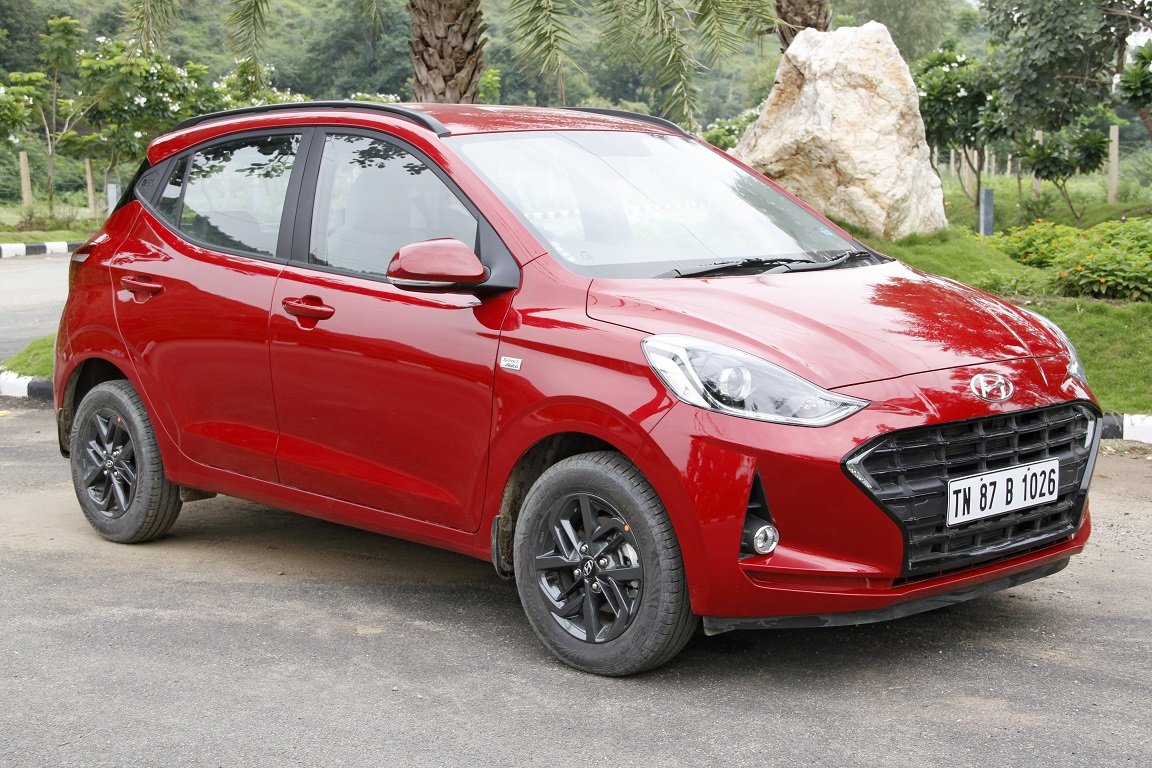
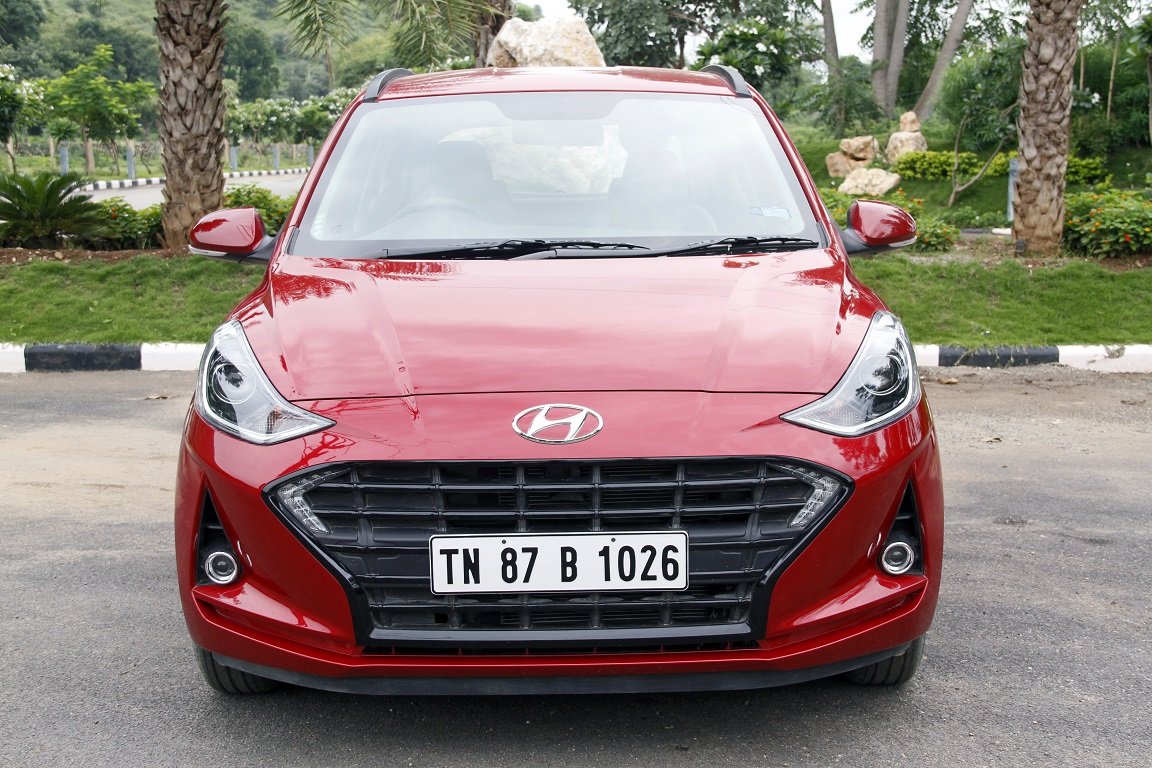

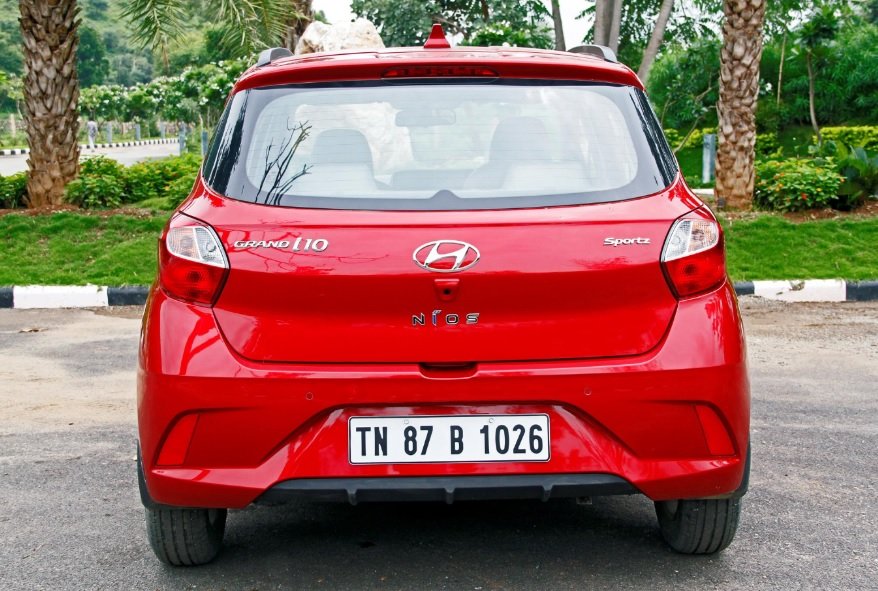

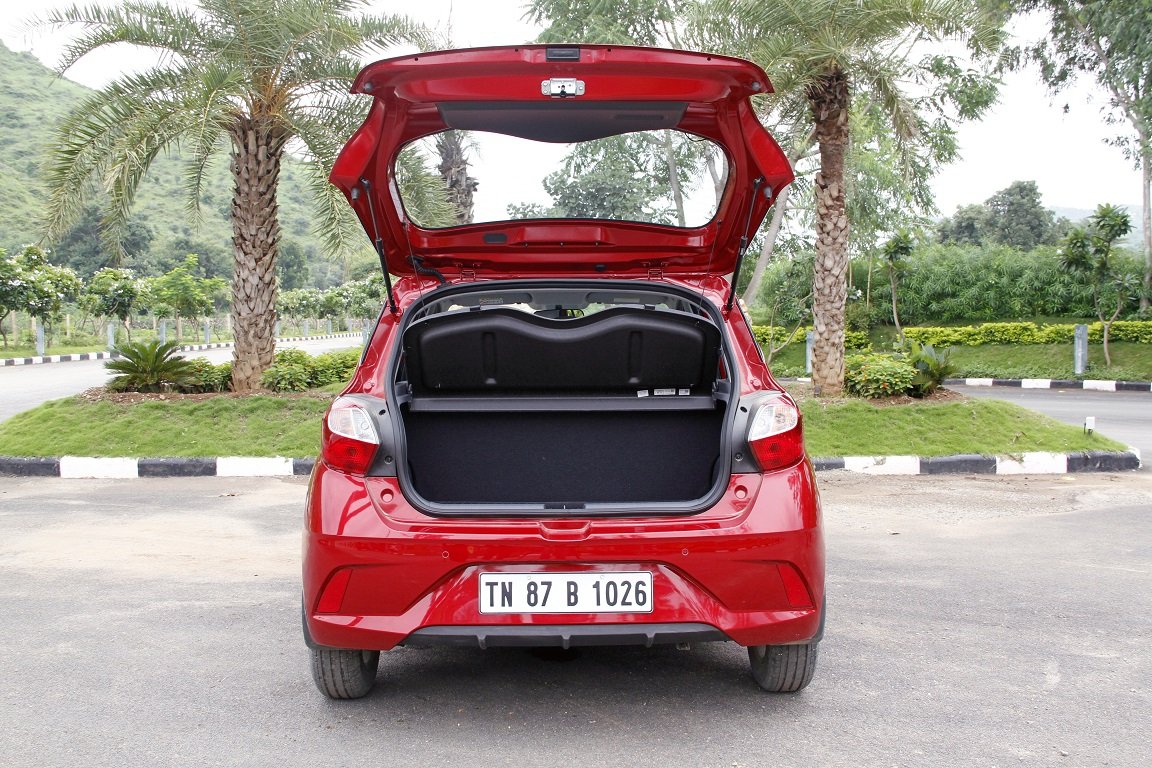
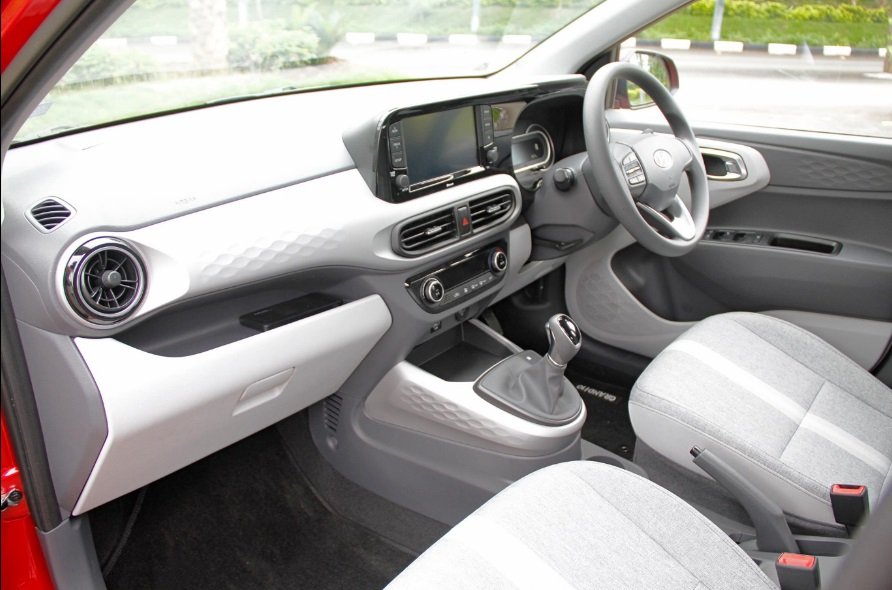

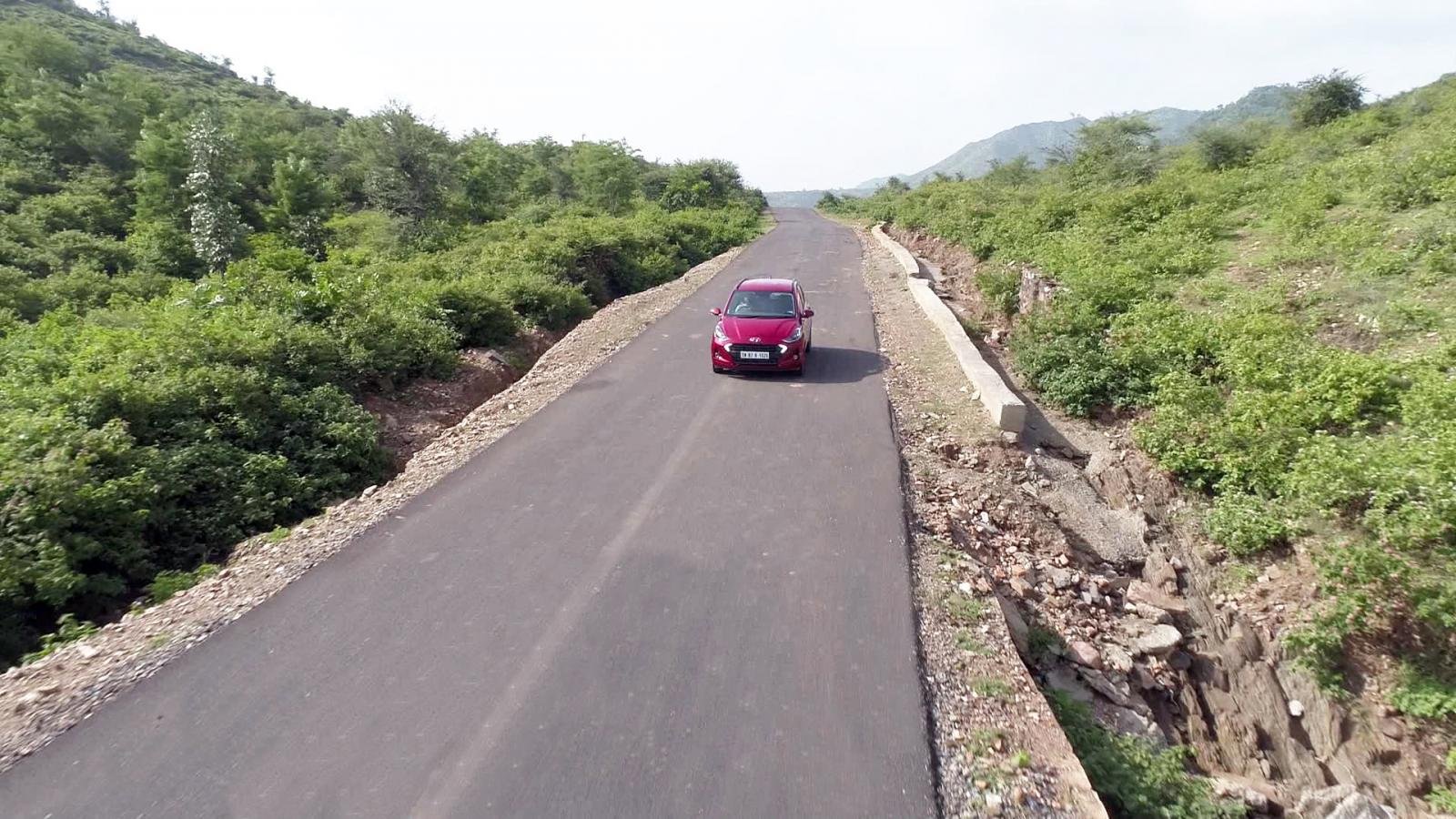


 Follow us on google news
Follow us on google news
